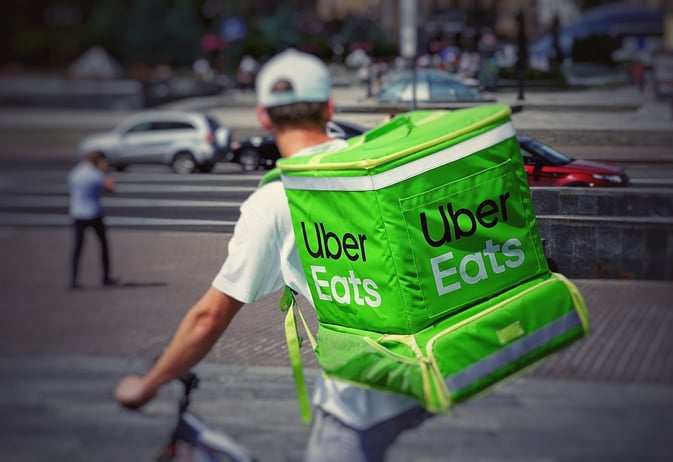Based on its 2018 study conducted with over a thousand Swiss residents - customers, restaurateurs and field experts - the Saviva F&B Chair investigated the future of Swiss restaurants and reveals significant changes in demand for 2030.
One of the main trends identified by the Saviva F&B Chair is food mobility: researchers have forecasted a drastic increase of over 65% in delivery demand. This means that food delivery, which was ranked 6th in outlet preferences for 2018, is expected to become the second preferred option after table service for 2030. According to the survey, there is also a growing demand for takeaway service (31% increase from 2018 to 2030). Moreover, this type of service will partly shift from dinnertime to lunchtime.
How shall restaurateurs adapt to food delivery trends?
Here are some recommendations based on the expectations of customers concerning food delivery services in 2030.
Selecting a restaurant for delivery/takeaway service
When choosing the ideal provider for delivery and takeaway services, customers are likely to use search engines, ask friends or relatives, use evaluation websites for reviews and order their meals on an application. They will also be inspired by social media and make their final decision according to their current mood but also based on their past experiences and budget.
Key points for mobile food businesses: use search engine optimization and delivery applications as main tools. Make every customer experience unique and monitor reviews regularly. Pay attention to “instagramable” (highly recognizable or unique) food.
Smartphones are the future of food ordering
Customers in 2030 will order mostly through their smartphone and, as a second choice, through a computer.
Key points for mobile food businesses: focus on smartphone applications to enable food ordering, ensure that the restaurant’s website is mobile-friendly and give the option to order food online.
Food trends for delivery/takeaway: discovery of world cuisine, healthy food and customization options
Customers of delivery services mainly seek to discover a new type of cuisine or to eat healthily, unlike those eating at a restaurant who mainly choose pleasure-oriented meals. They are not interested in traditional cuisine and are concerned about sustainability while they also expect personalization options, ranging from ingredients to size and even preparation.
Key points for mobile food businesses: focus on world cuisine and healthy options, offer food that can be transported easily and sustainable options such as organic and locally sourced products delivered in reusable or compostable packaging, and enable ordering through smartphones.
Environment for eating
Eating delivered or takeaway food is expected to be mostly a solitary occupation for consumers in 2030. The majority of respondents prefer the food to be delivered, mainly at home, while the workplace is also gaining in popularity.
Key points for mobile food businesses: delivery at home is the most popular trend while there might be an increased demand for corporate delivery.
Preferred payment options
In 2030, consumers expect to pay as soon as they make their food choice and prefer fixed pricing. Credit card or contactless payment are their ideal methods of payment, while payment by biometric control could be an evolution for 2030 (14% of respondents consider this option, according to the survey).
Key points for mobile food businesses: fixed pricing paid upfront with a credit card or contactless payment is what consumers expect to be offered in 2030.
What’s the food delivery customer profile?
Food mobility is around the corner and in order to rightly adapt to it, restaurateurs should get to know their customers.
Customers for delivery and takeaway services are mostly younger people up to 35 years old who could be students, managers and full-time employees.
Download the FOOD SERVICES IN 2030: SWITZERLAND report
The F&B chair has issued recommendations as to how restaurateurs can adapt their offer to fit the future wishes of consumers. Those recommendations are publicly available in a digitalized booklet.





